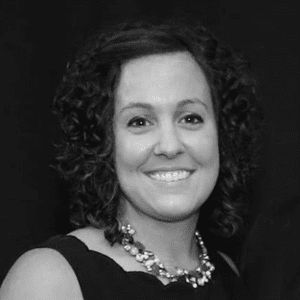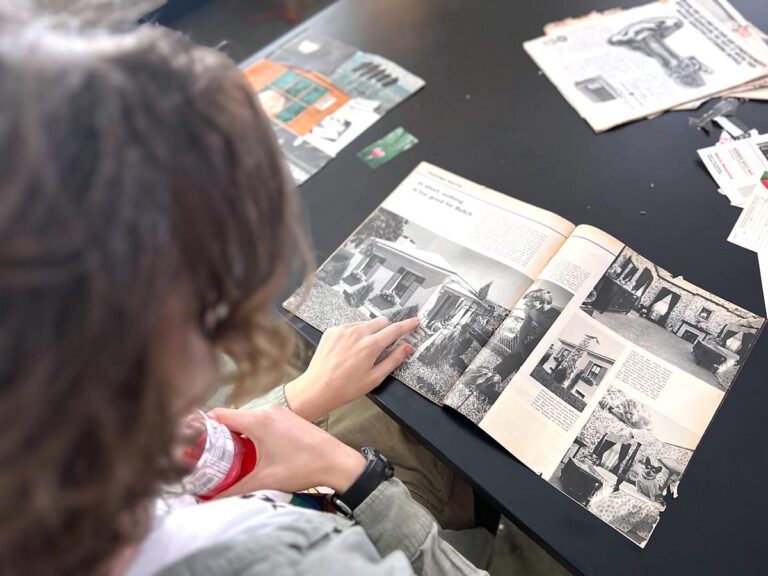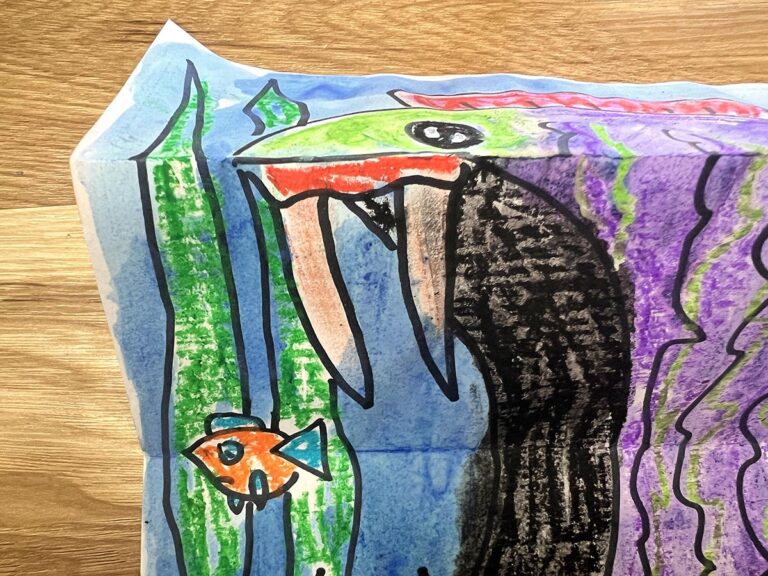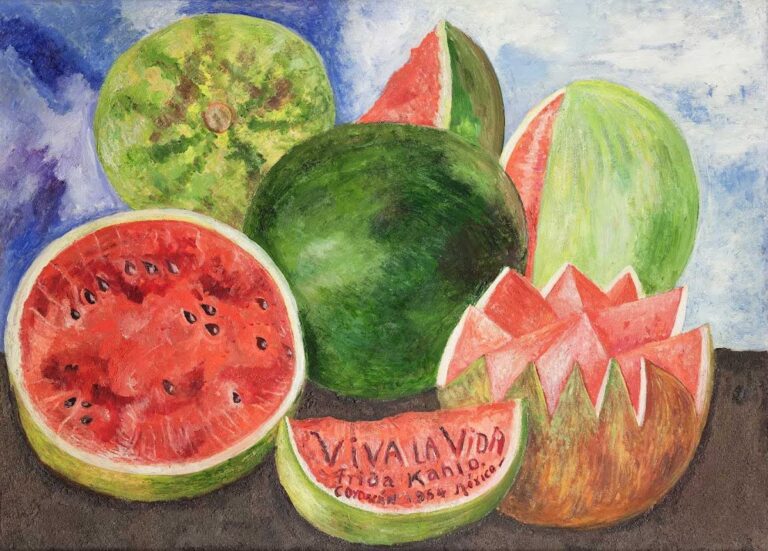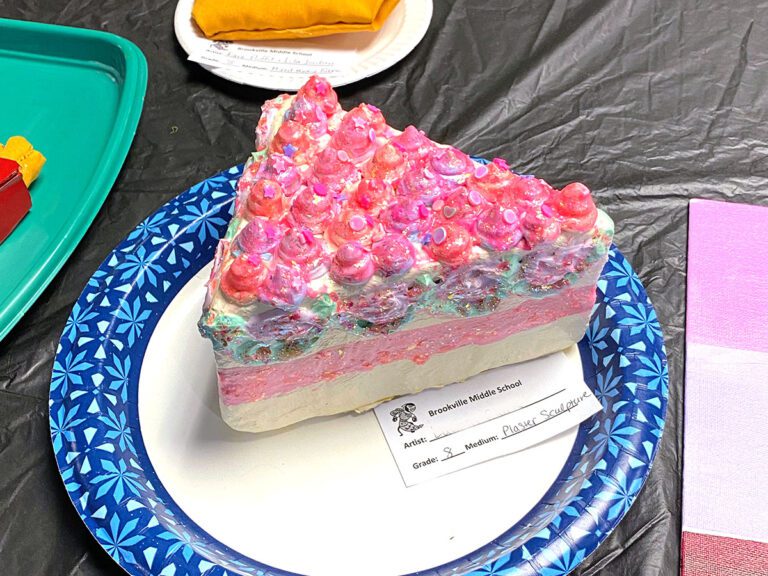Do you feel overwhelmed by the amount of paper you have to keep track of? Organizing your big picture curriculum documents, daily lesson plans and posters, not to mention things like phone trees and lists of building committee members can feel like a full-time job!
As if keeping track of all those things wasn’t crazy enough, my principal also asked us to keep our daily lesson plans open on our desks at all times. I couldn’t afford to have a messy desk in that situation. Organization was key! I know many of you are in the same boat, or are even being asked to submit lesson plans ahead of time, which just adds another level of pressure.
Today I want to share my own system for keeping all of my paper curriculum documents organized.
I realize some of you go completely digital, but as a traveling teacher, I found that my “hard-copy” system worked quite well for me. The best part was, every single thing I needed each week was in one spot!
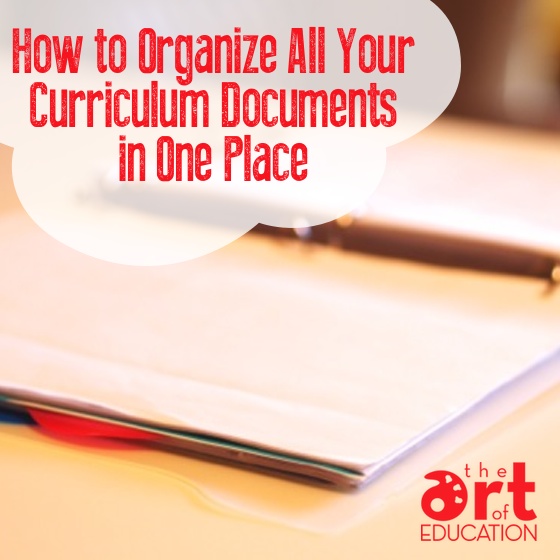
I started with a binder that had an elastic closure. The elastic made it easy for me to quickly gather and secure everything on my way to meetings, the curriculum office or my other school.
I included the following 5 sections in my binder.
(Labeled tabs helped me flip to each section quickly and easily.)
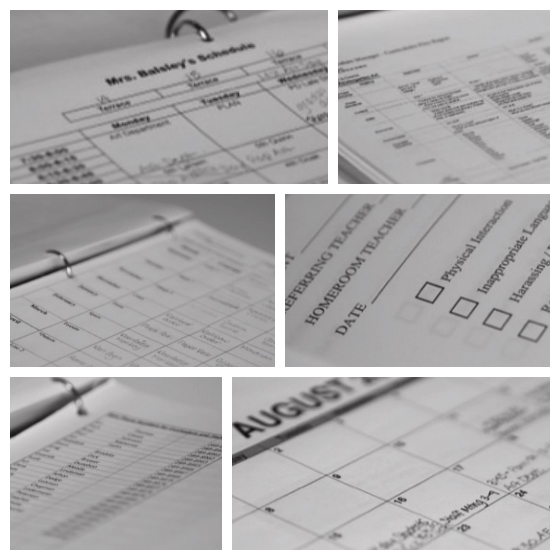
Section 1: Weekly Lessons at a Glance
Section 2: Monthly and Yearly Curriculum Matrixes at a glance
Section 3: Monthly Calendar – meetings, deadlines, conferences, etc…
Section 4: Schedules, Teams, Committees, Duties, Deadlines
Section 5: Emergency Phone Numbers and Office Referral Forms
Of course, this is all about finding a system that works well for you. In fact, participants in the latest “Designing Your Art Curriculum” online class were just talking about organizing curriculum documents. Once you create the curriculum of your dreams, it will be much easier to implement if the resources are organized!
Here are some of the class participants’ tips for keeping curriculum documents organized and ready to go at a moment’s notice.
“I create binders for each of my courses that include not only the planning matrices but every lesson plan, lesson tool, resource notes, printouts of slideshows and pretty much everything, in order.”
“I asked my tech department for all of the laptop boxes we received and organized both supplies and curriculum documents into these similar boxes! They even fit on my book shelves!”
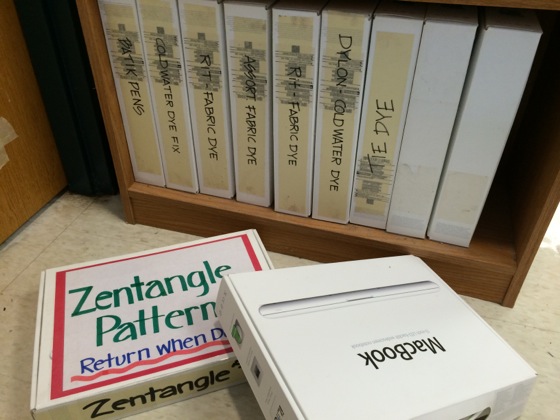
“I organize my curriculum on a weekly basis. I outline the objectives for the week on my calendar. This is just for me to have a quick glance of what I am going to work on that week.”
“I have a large whiteboard in the back of class with spots designated for kindergarten through 5th grade. Under each I write with a dry erase marker, using several different colors, of course, the project and key vocabulary words.”
“I am required to send in weekly lesson plans on Fridays. This year I created a spreadsheet that shows my lesson objectives, state standards, ‘I can’ statements, vocabulary, literacy/technology/cross curricular links, assessments and procedures for each day. My plan always looks good on paper and then I usually have to adjust as the week goes on, so I end up with post it notes reminding for the daily organization.”
“I use Planbook by Hellmansoft for my lesson planning. This allows me to upload my plans to their Planbook Connect website. I give my administrators the web address and then they can access the plans anytime they wish.”
As you can see, there are so many ways to go about this. Most teachers do use a combination of both digital and physical methods to organize curriculum. The ultimate goal is to find something that works for you and that you’ll actually stick to!
So tell us, how do you keep your curriculum documents and resources organized?
What simple materials have you found to help your organization process?
Magazine articles and podcasts are opinions of professional education contributors and do not necessarily represent the position of the Art of Education University (AOEU) or its academic offerings. Contributors use terms in the way they are most often talked about in the scope of their educational experiences.

